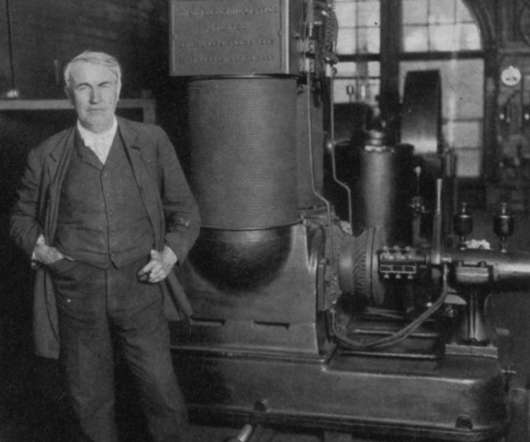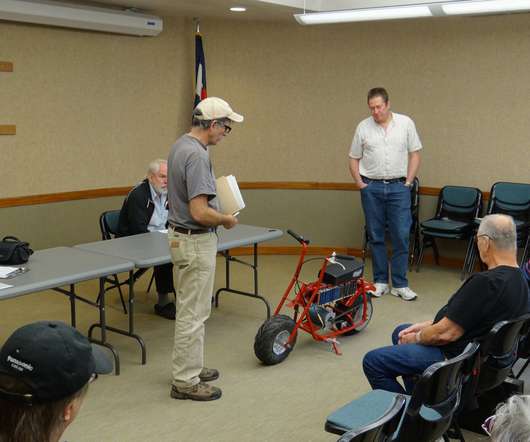Lifecycle analysis finds Fischer-Tropsch diesel from coal and biomass with CCS can use less fossil energy than petroleum diesel, with GHG close to or below zero
Green Car Congress
MARCH 3, 2011
A new study by Michael Wang and Jeongwoo Han at Argonne National Laboratory and Xiaomin Xie at Shanghai Jiao Tong University assesses the effects of carbon capture and storage (CCS) technology and cellulosic biomass and coal co-feeding in Fischer-Tropsch (FT) plants on energy use and greenhouse gas (GHG) emissions of FT diesel (FTD).




































Let's personalize your content